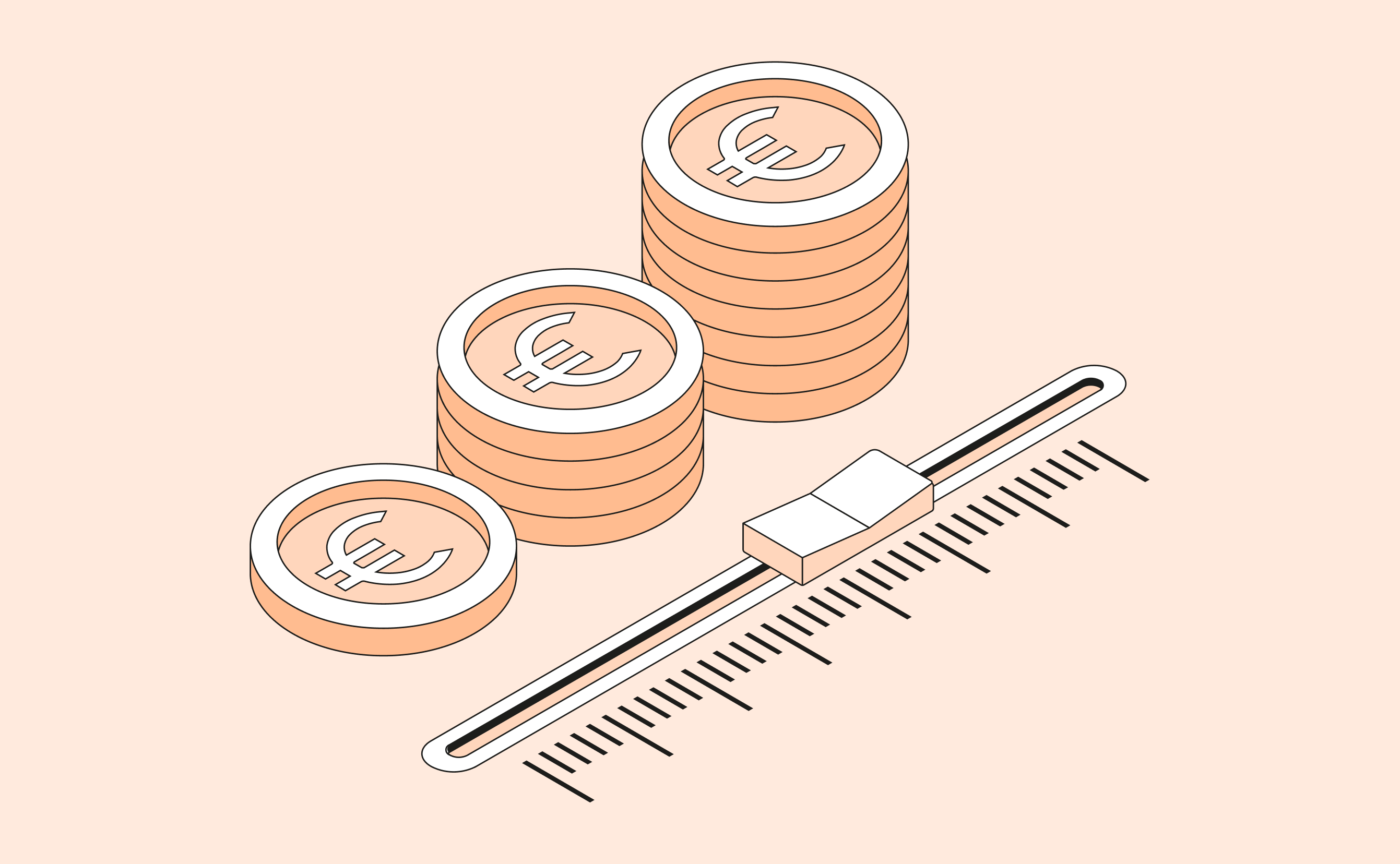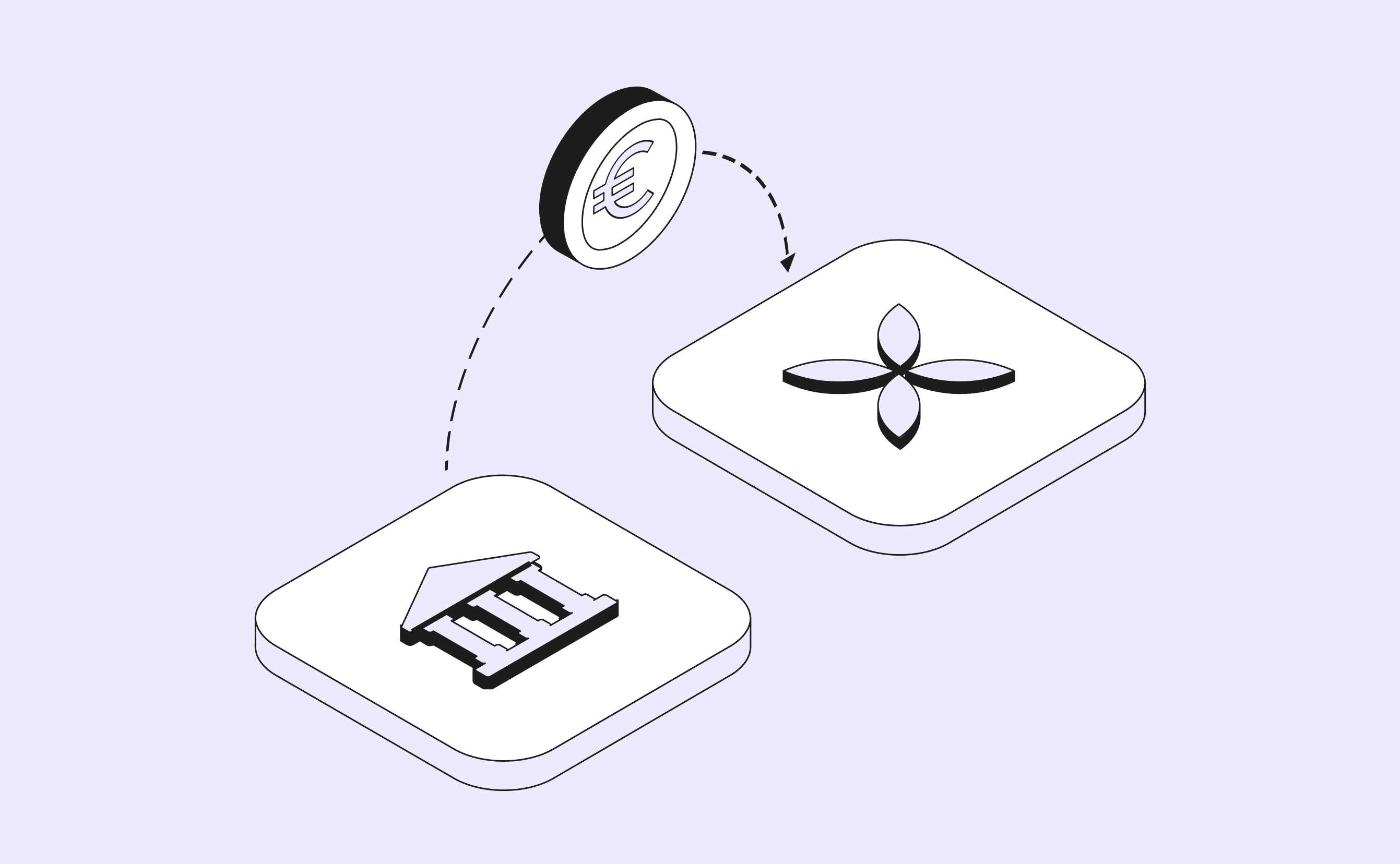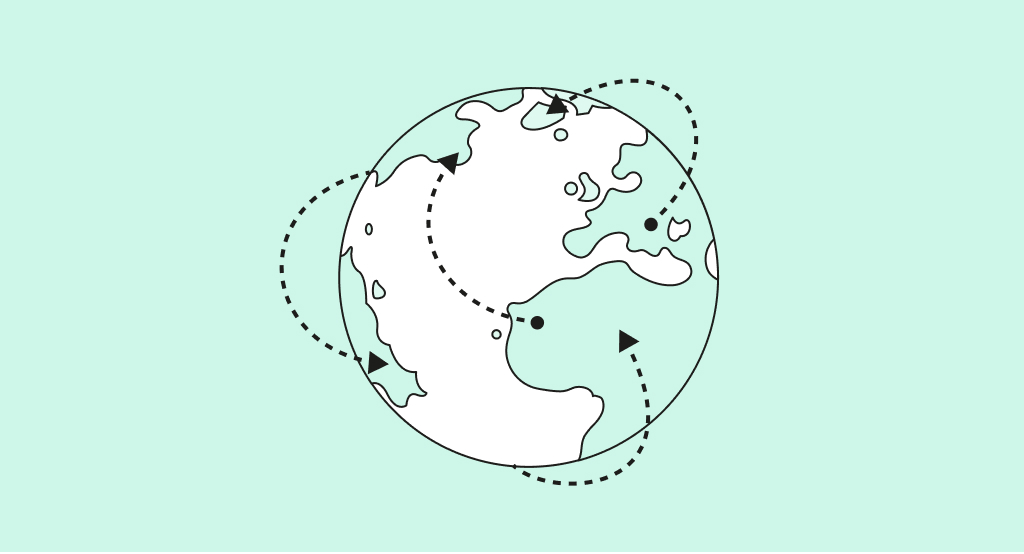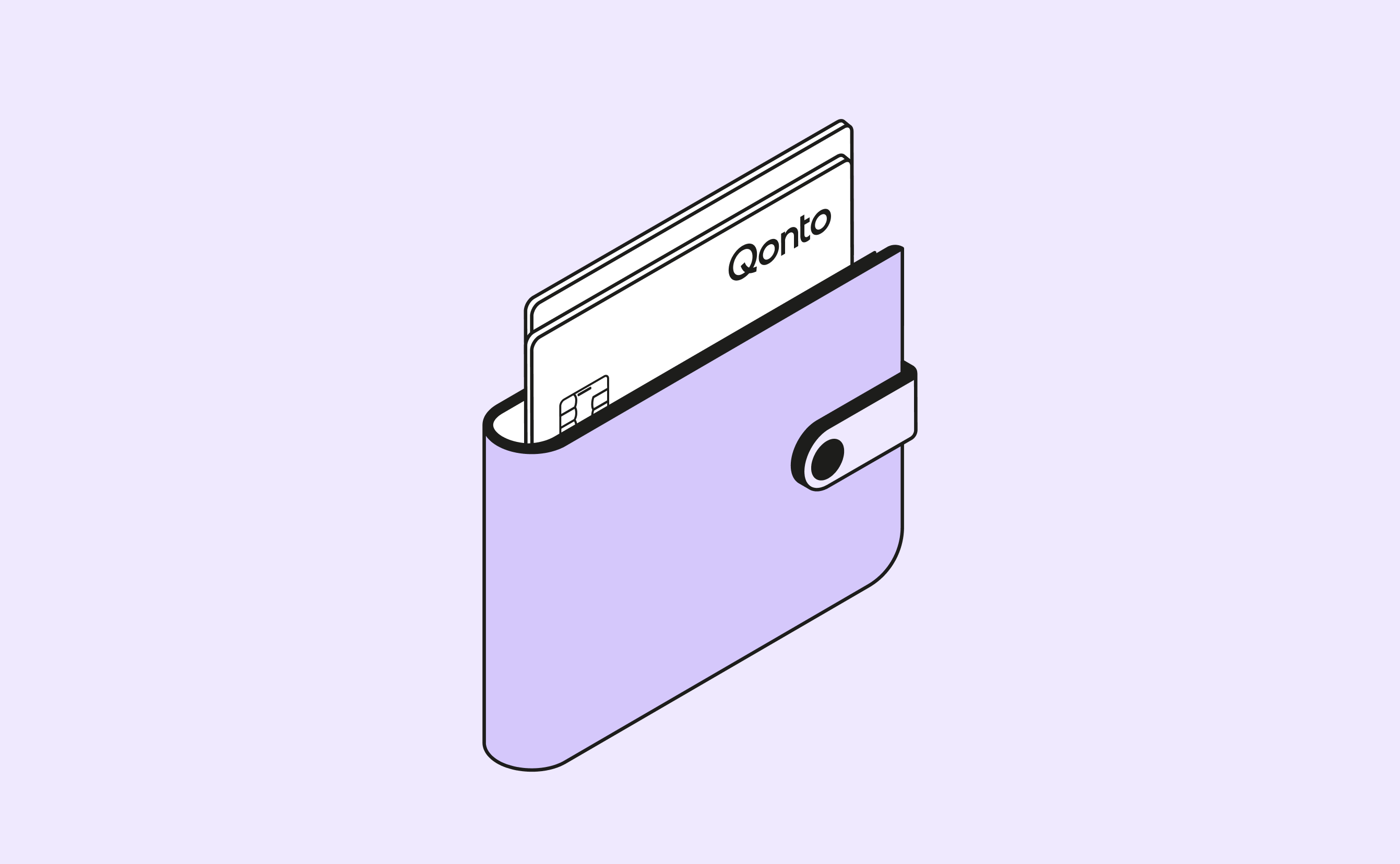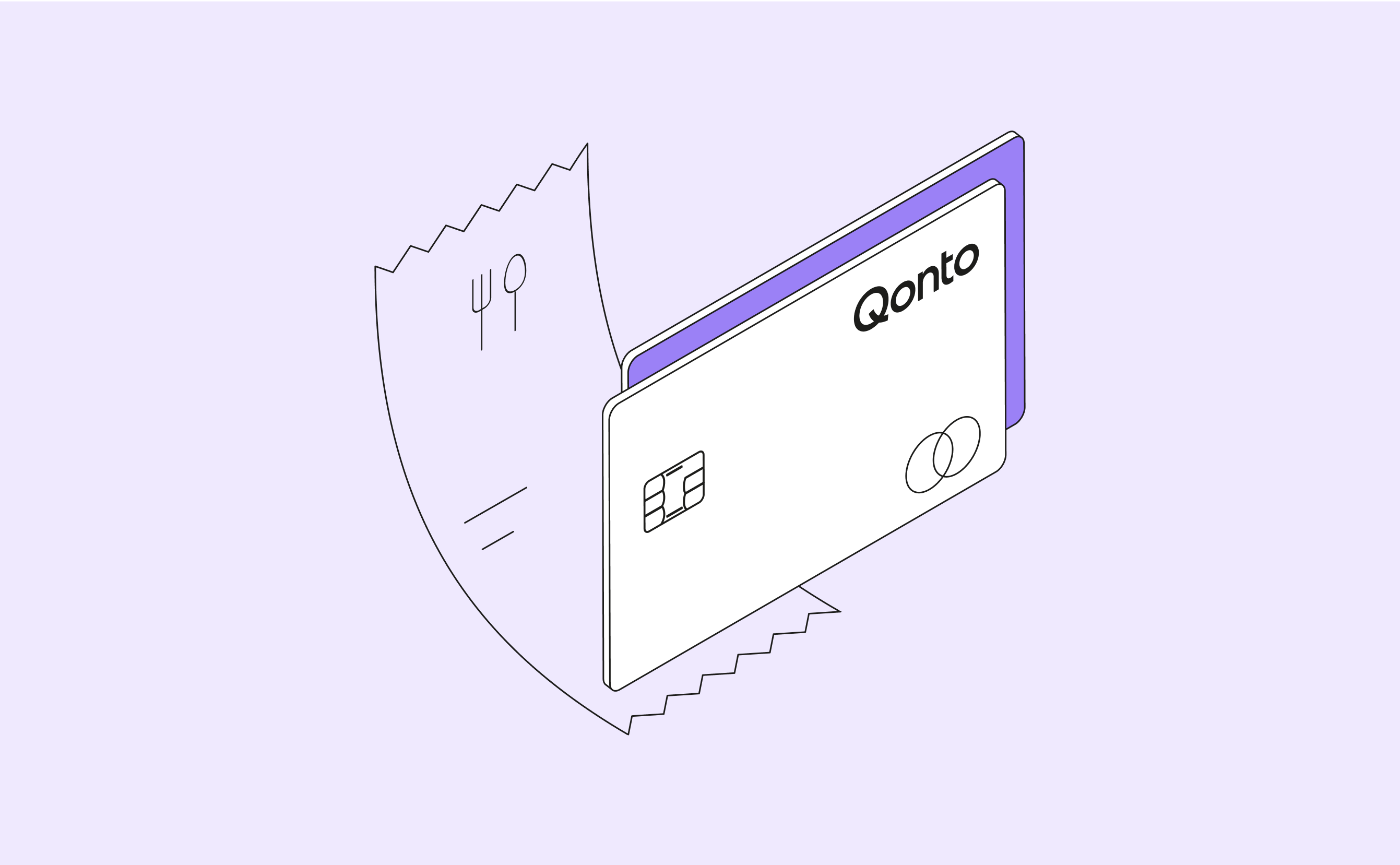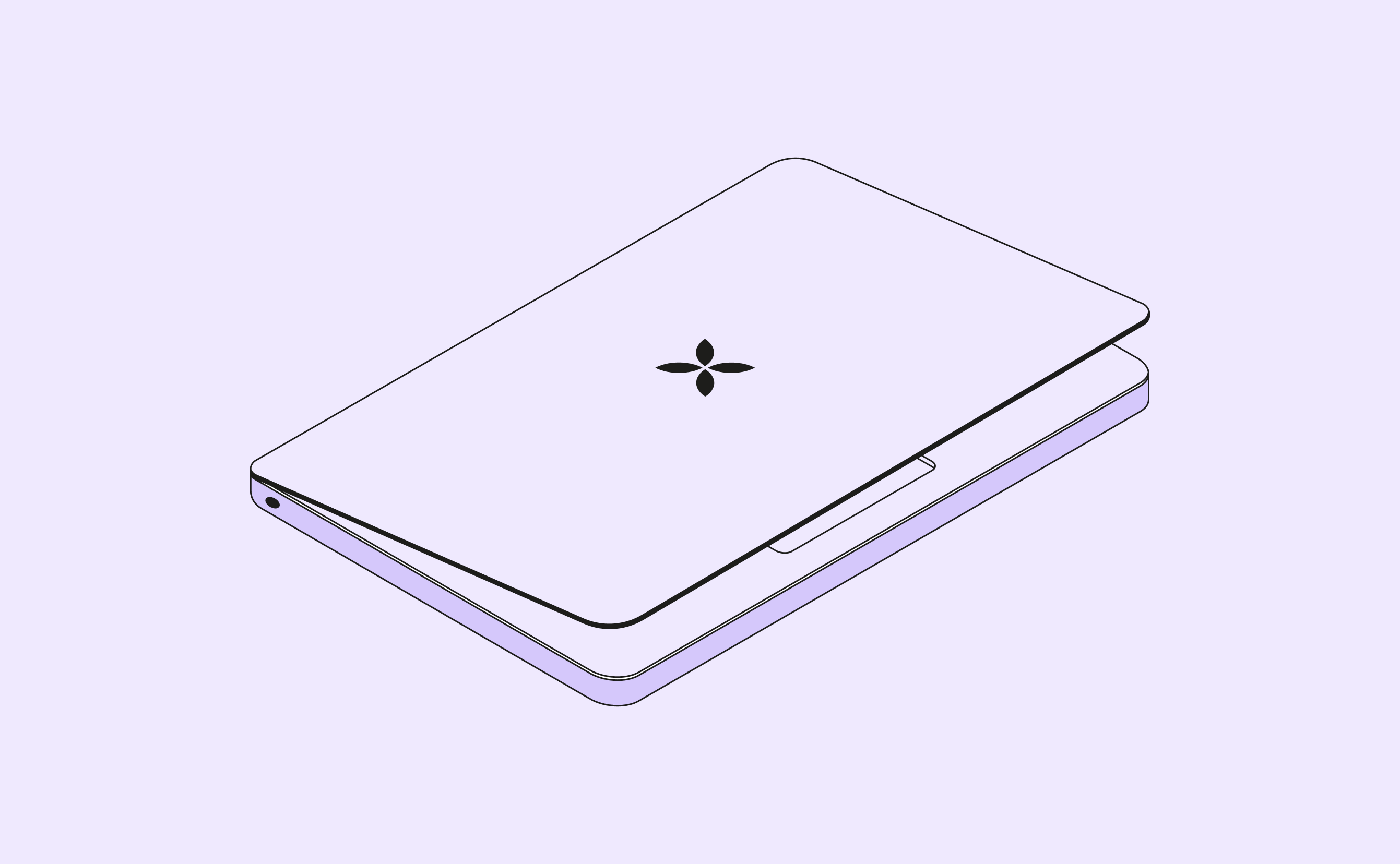The examples above show how numerous extra fees can worm their way out of your accounts and onto your bank statements. To help you avoid them, we’ve put together some advice that will spare you those little costs that add up to a big cost.
Research the tariff grid before committing
All banks must provide a tariff grid that sets out all of their fees. It’s always worth contacting several establishments and comparing their tariff grids.
A complete list of your bank’s fees will also appear in your contract. Take the time to read it thoroughly before committing.
Study your bank statements and annual fee declaration
If you’ve signed up for a business account and you suspect you’ve been hit with hidden fees, have a good look through your bank statements. You may be surprised by what you find.
Also, banks are under obligation to send you an annual, exhaustive list of all their fees. This is a very useful document as it details all the fees you’ve been charged over the course of the year.
Negotiate fees with your bank
Some fees are negotiable, notably the following:
👉 Account maintenance fees; 👉 Transfer fees; 👉 Bank card commissions; 👉 Overdraft limits.
Try business accounts such as Qonto
The majority of payment establishments and players in the fintech industry have a transparent fee policy.
With Qonto, there are no nasty surprises. No transfer fees, maintenance fees or other hidden costs Everything is included in the subscription. The only possible extra charges are these:
- €6 (without tax) for the creation and postage of a replacement card if you lose your physical payment card. That’s half the price of a replacement card from a traditional bank.
- Exchange commissions may be applied for payments outside the euro zone. These rates are 2% with a One Card and 1% with a Plus Card. We’ll waive your fee if you’re an X Card holder.
- A 1% fee for outgoing transfers sent abroad via SWIFT.
- According to your subscription, fees may apply to cheque deposits.
If you wish to read up on these points in more detail, feel free to visit our tariffs page.
So, that’s what you need to know about hidden bank fees! Take a look at your bank statement when you find a moment and see what you can find when you read between the lines.
Sources: MoneyVox.fr, LeLynx.fr, Hoggo.com, economie.gouv.fr
